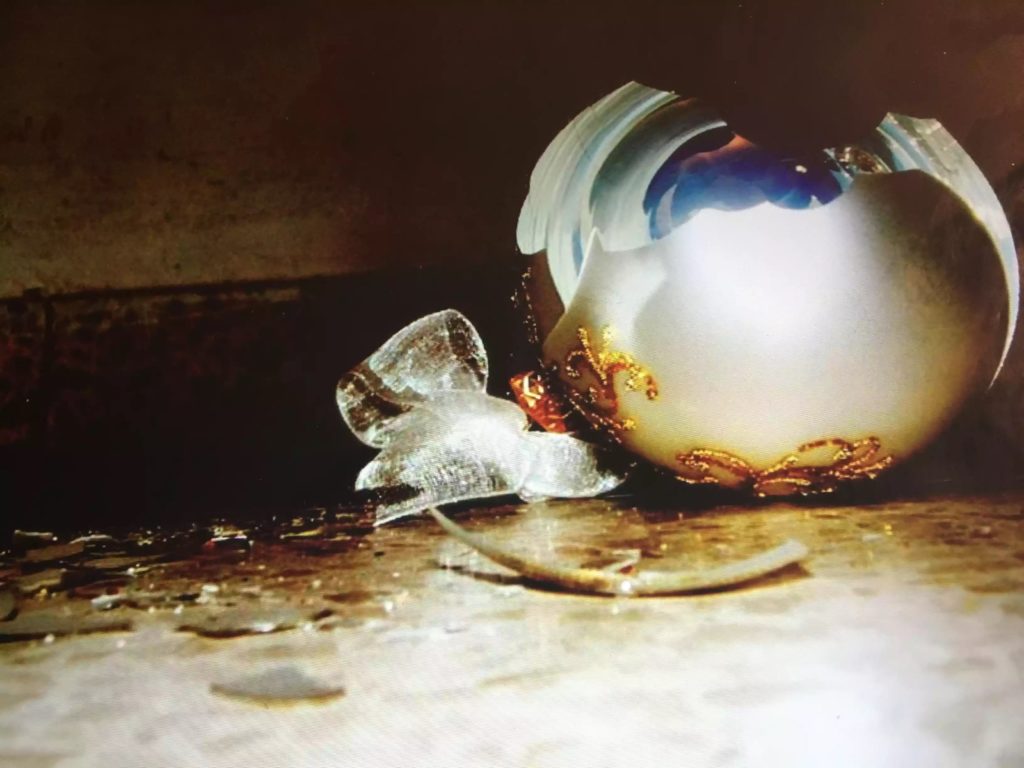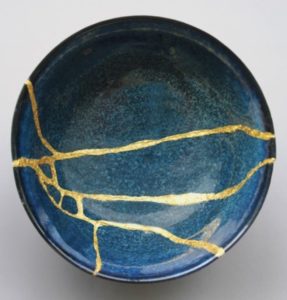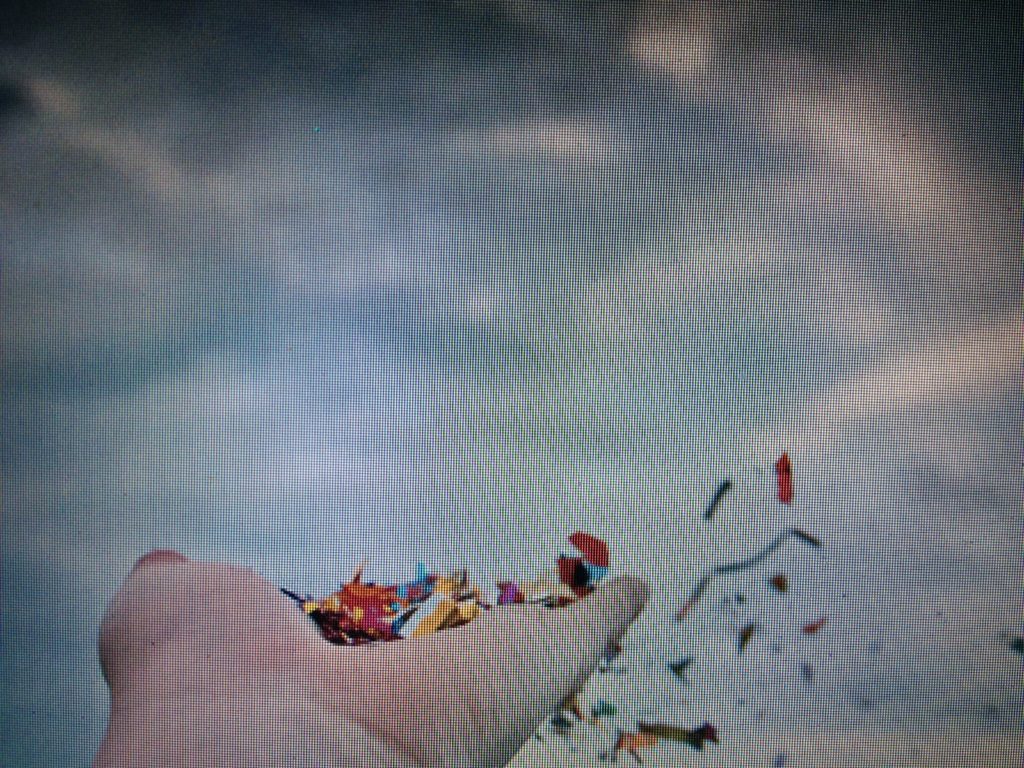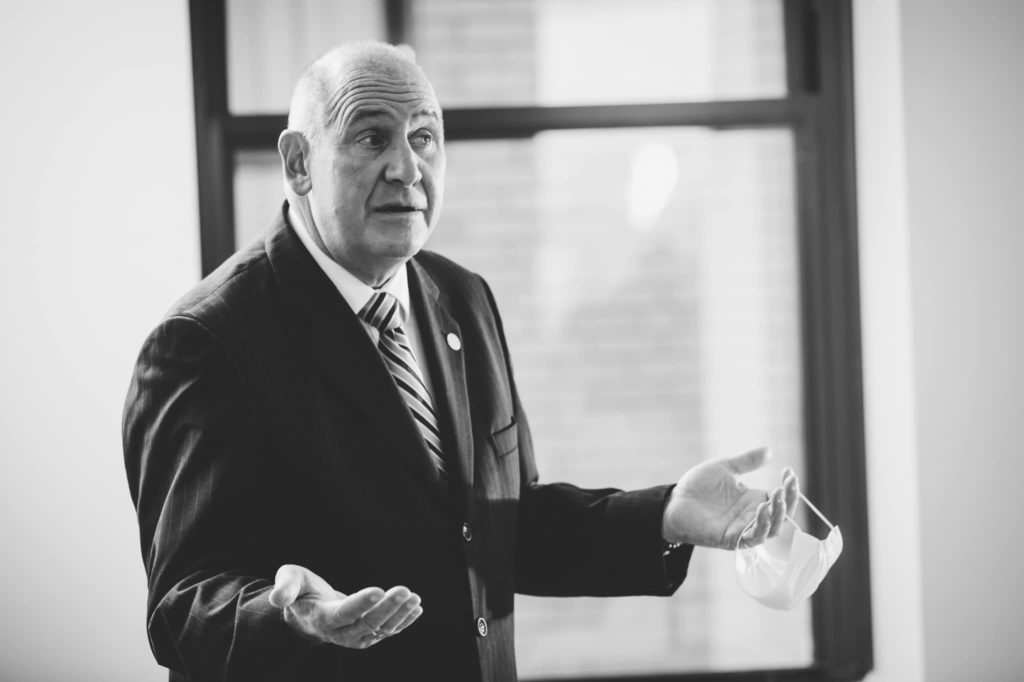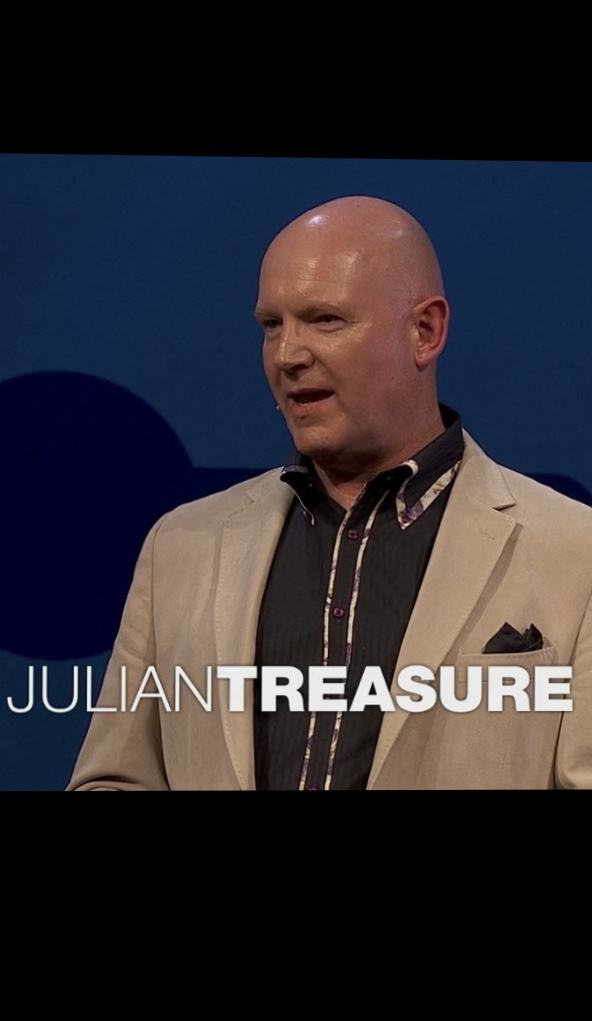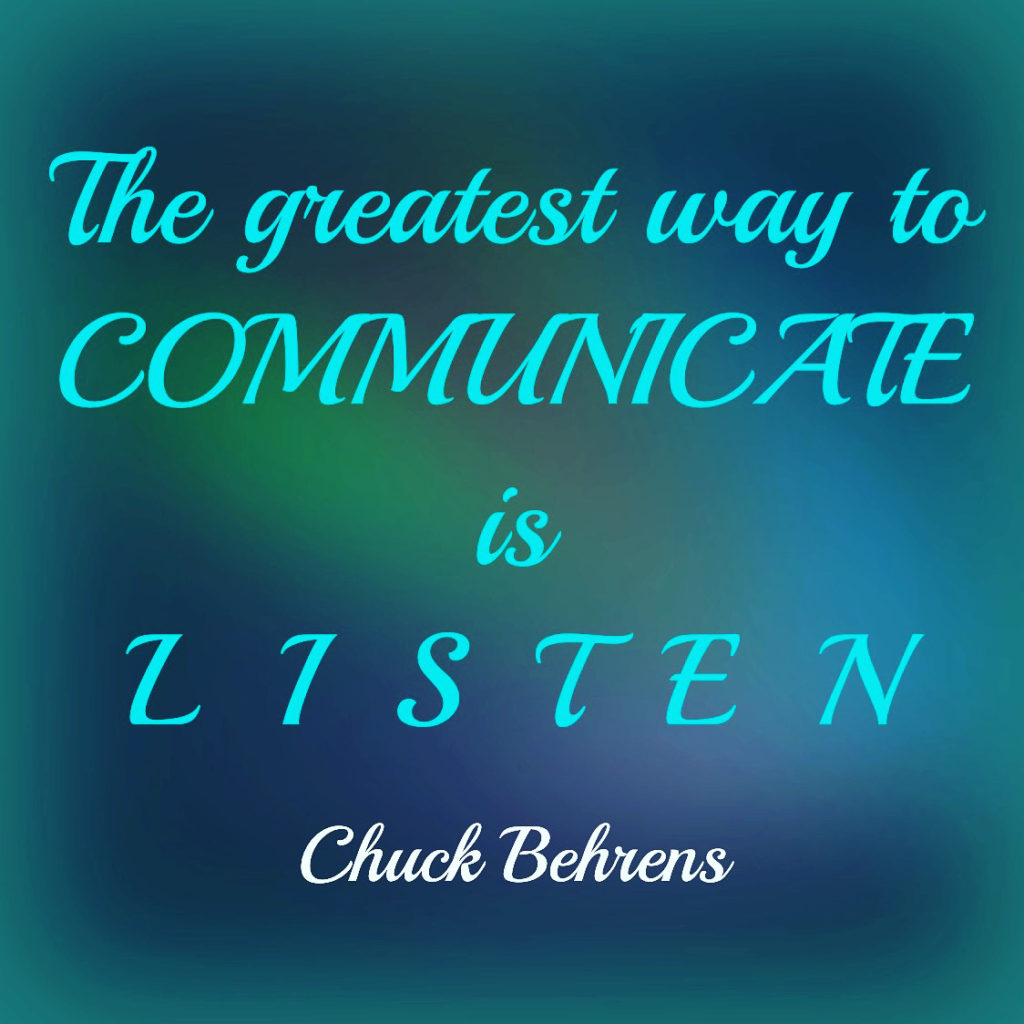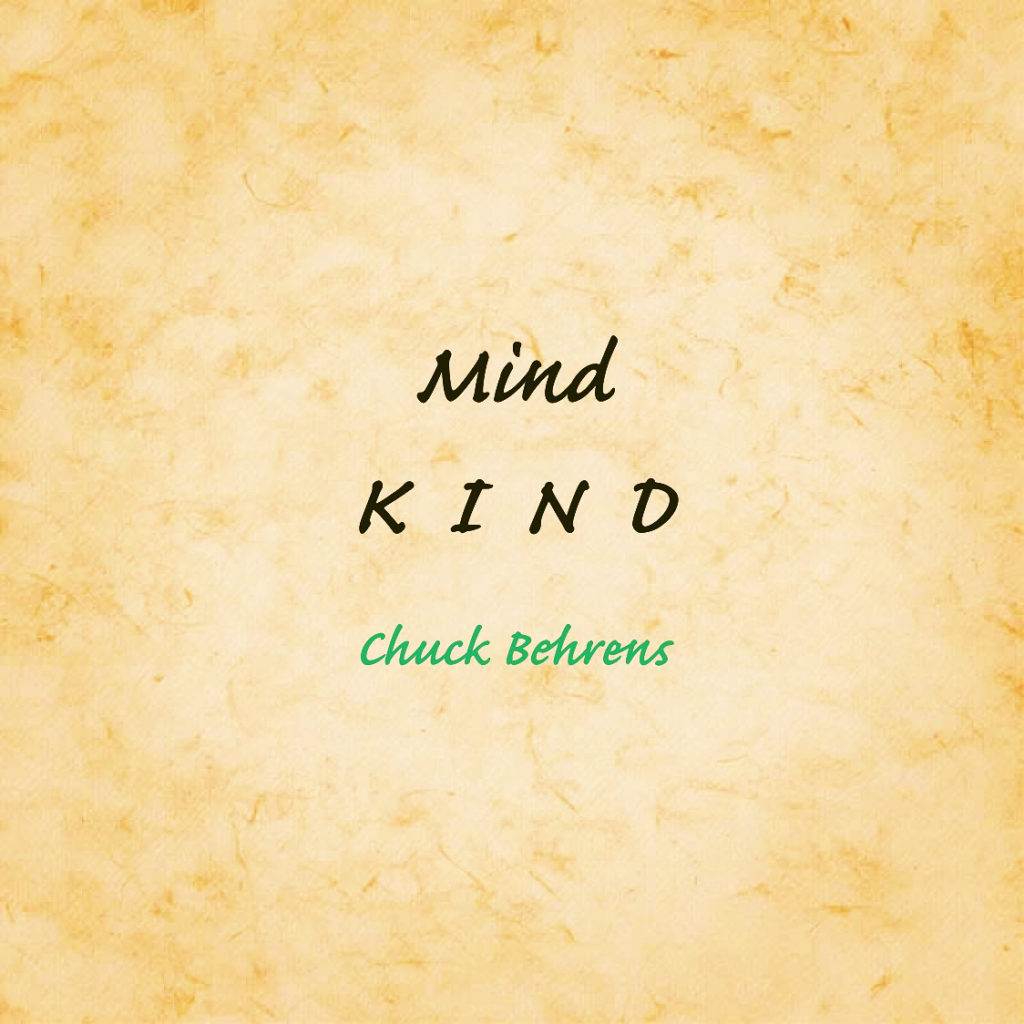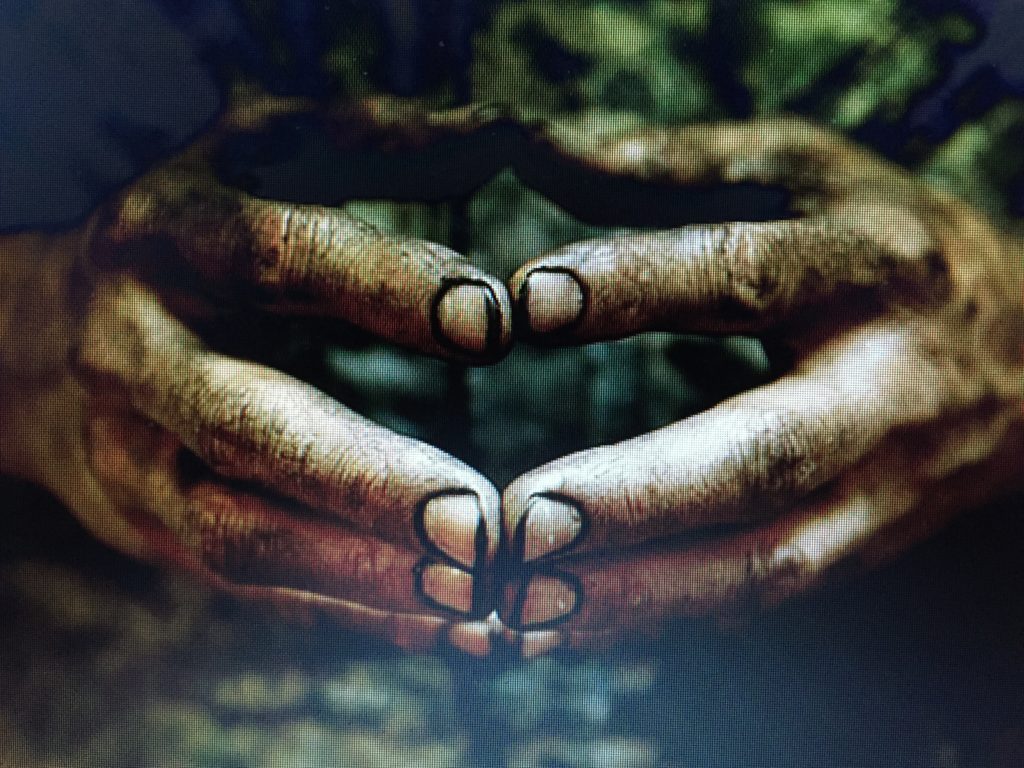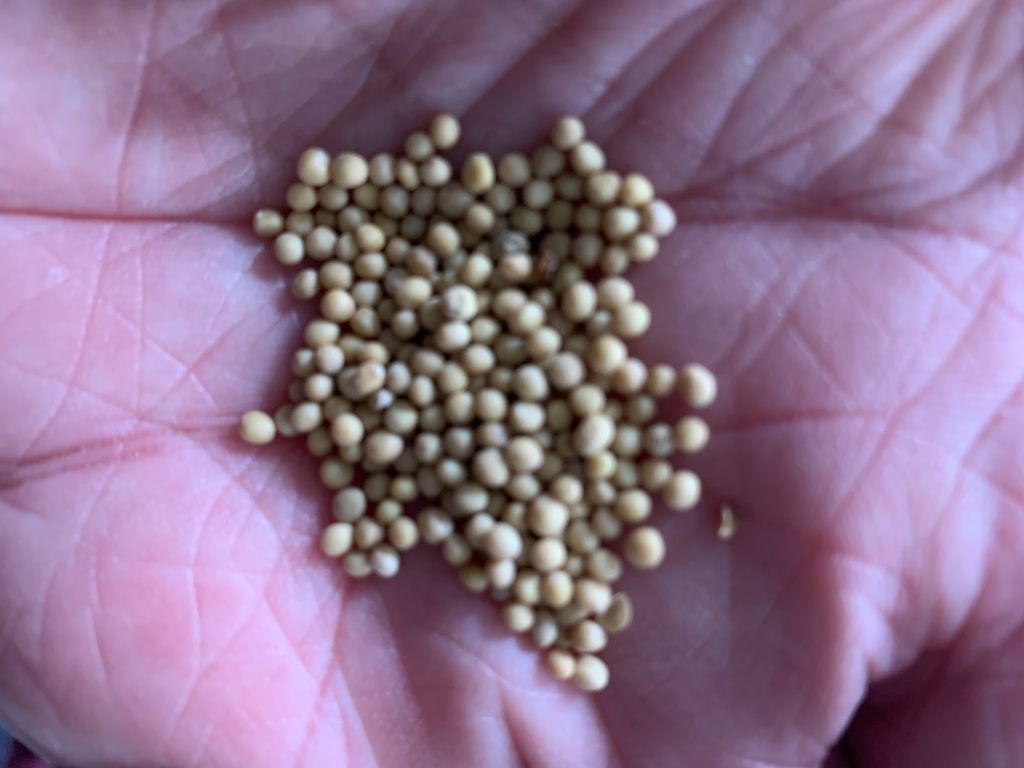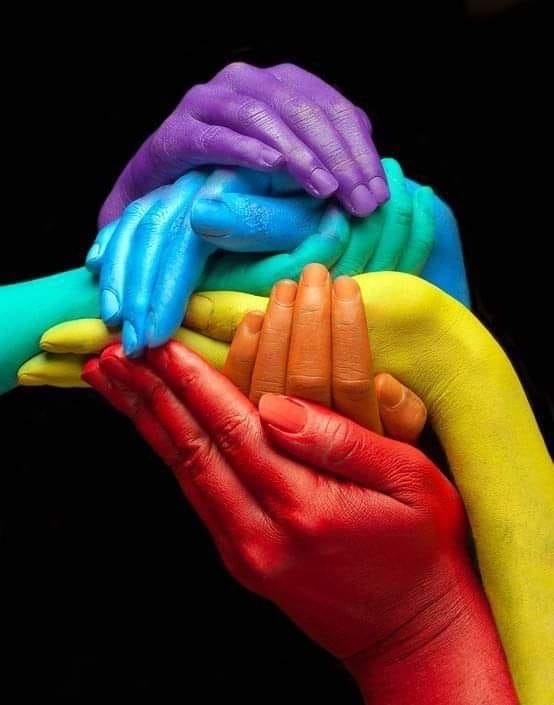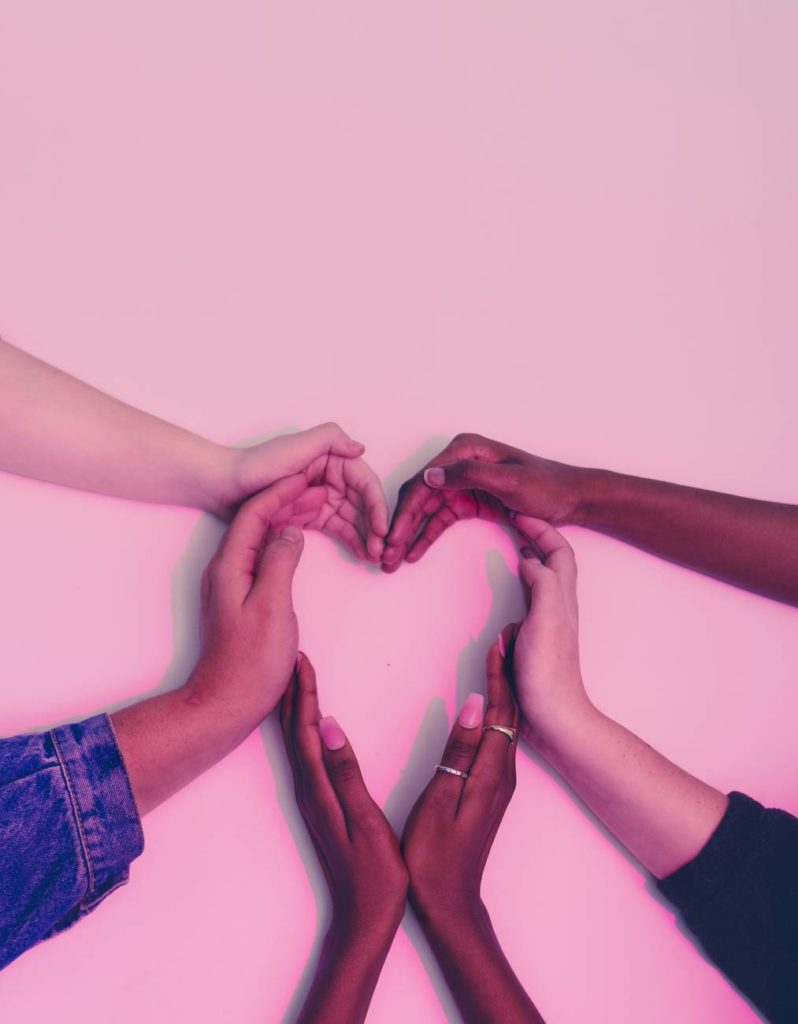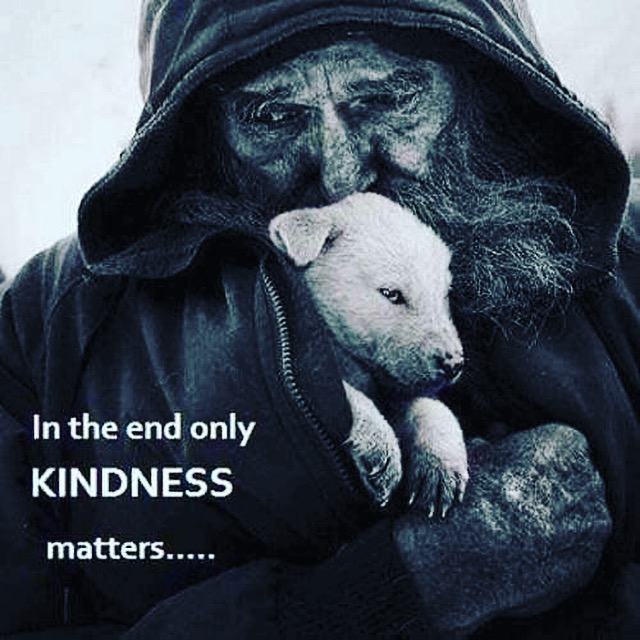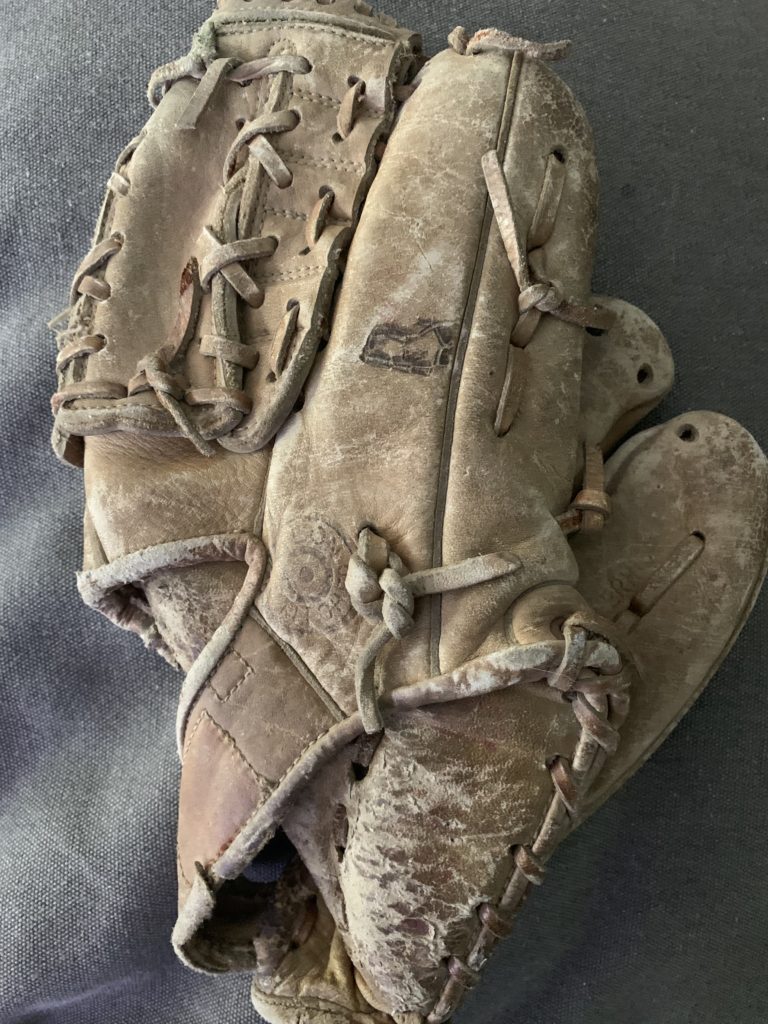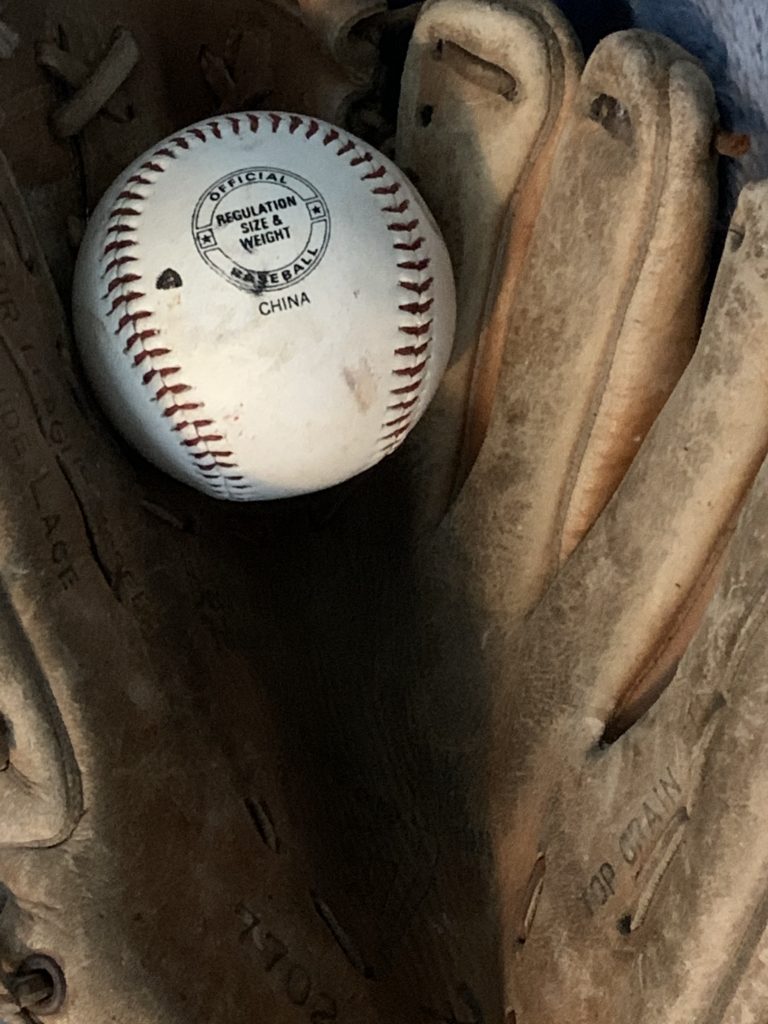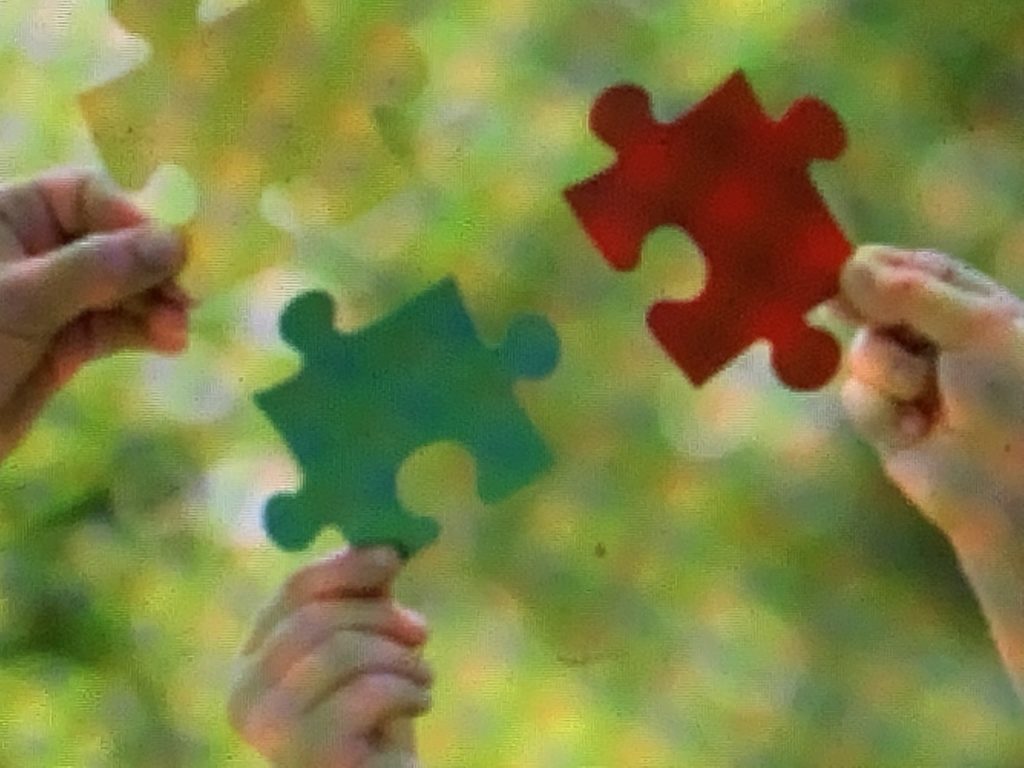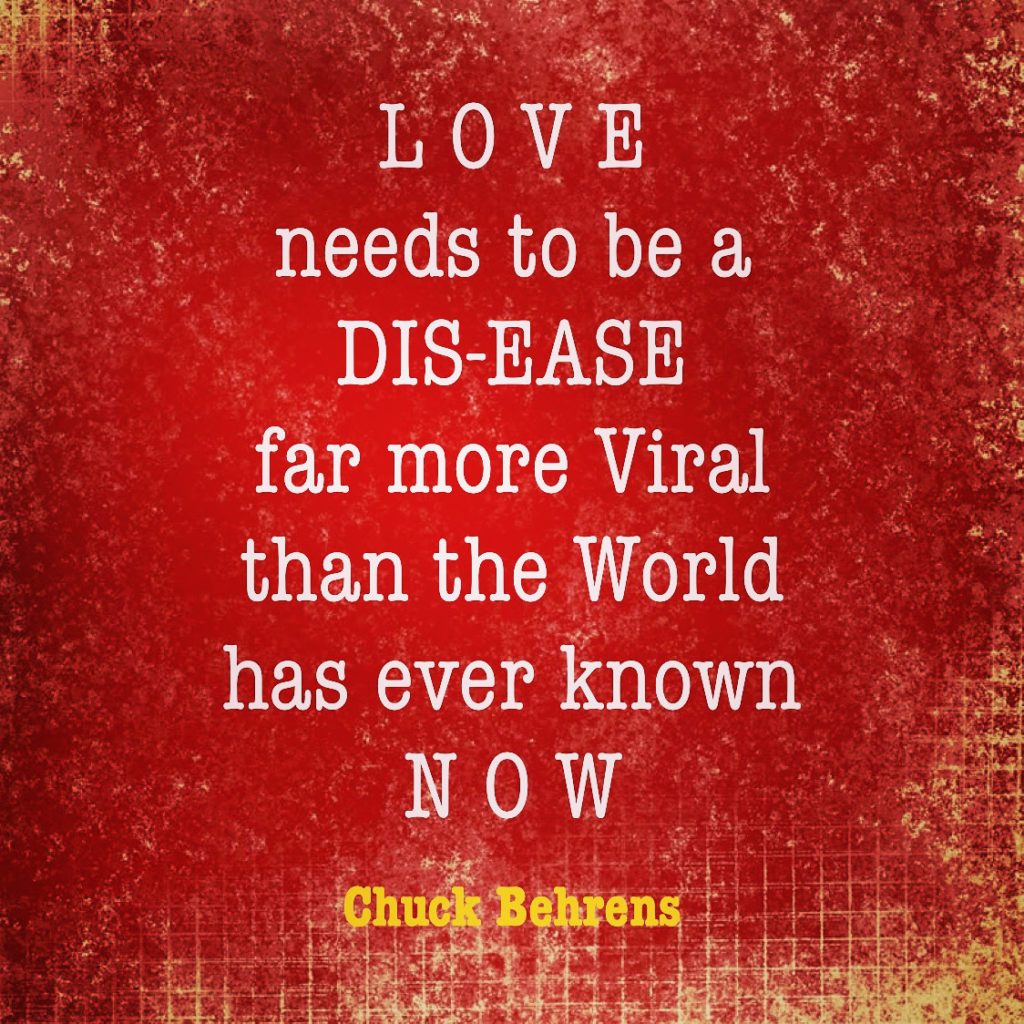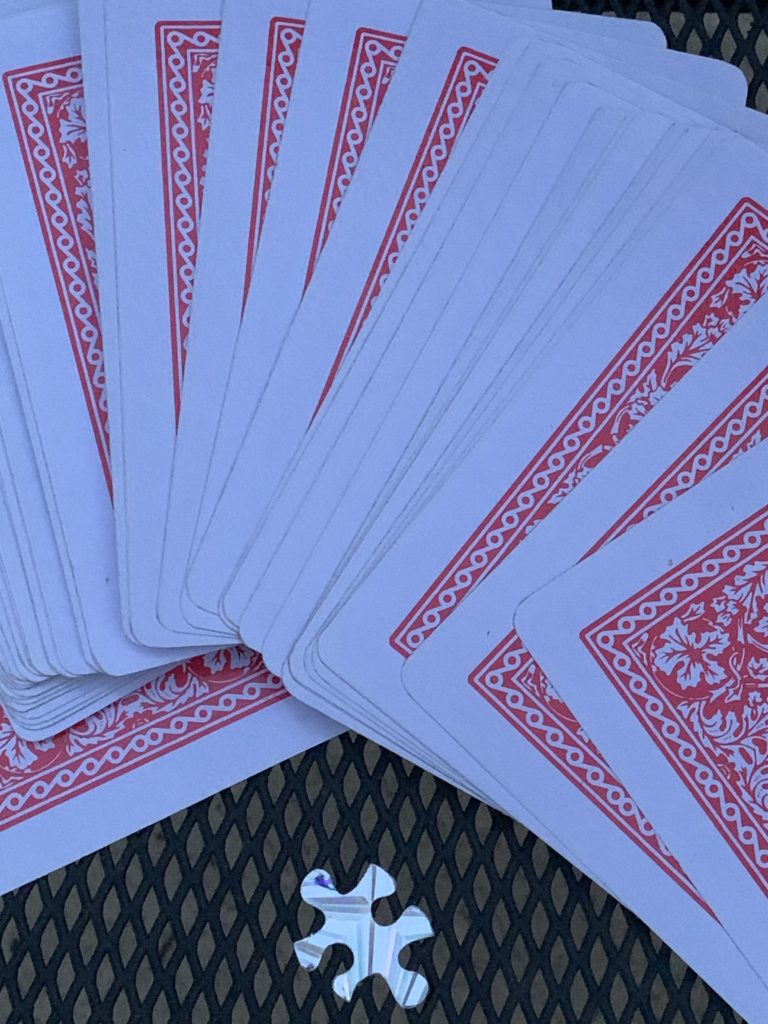Q U E S T I O N:
ARE YOU ON YOUR WAY. . . ?
A N S W E R:
ARE YOU EVER NOT. . . ?
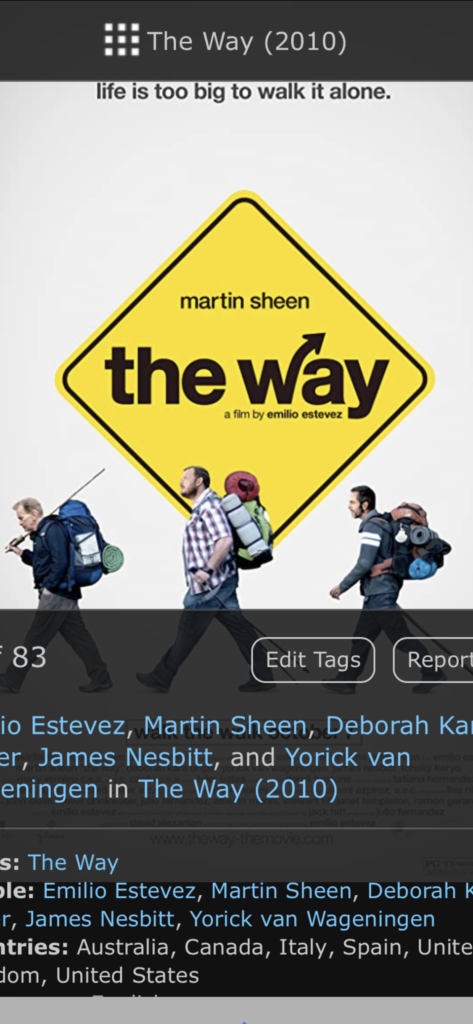
The movie came out in 2010 but it keeps replaying the inspiration it might not have fully imagined having. . .
Erin and I watched it early in January before COVID19 made movie watching a part of the new, NEW
Martin Sheen plays Tom, an American doctor who comes to St. Jean Pied de Port, France to collect the remains of his adult son, killed in the Pyrenees in a storm while walking The Camino de Santiago, also known as The Way of Saint James. Driven by his profound sadness and desire to understand his son better, Tom decides to embark on the historical pilgrimage, leaving his “California bubble life” behind. Armed with his son’s backpack and guidebook, Tom navigates the 800 km pilgrimage from the French Pyrenees, to Santiago de Compostela in the north west of Spain, but soon discovers that he will not be alone on this journey. While walking The Camino, Tom meets other pilgrims from around the world, all broken and looking for greater meaning in their lives: a Dutchman (Yorick van Wageningen) a Canadian (Deborah Kara Unger) and an Irish writer (James Nesbitt) who is suffering from a bout of “writer’s block.” From the hardship experienced along “The Way” this unlikely quartet of misfits create an everlasting bond and Tom begins to learn what it means to be a citizen of the world again, and discovers the difference between “The life we live and the life we choose”. THE WAY was filmed entirely in Spain and France along the actual Camino de Santiago. . .

All of the
detours
roadblocks
deadends
Along The Way
there is A WAY for all of us
where the strands of our tapestry
intermingle and forever become interwoven
in the Tapestry’s of others
making sure that we’ll only
grow and expand
and never fully unravel
with the ever unfolding
TRUTH:
YOU DON’T CHOOSE A LIFE—-
YOU LIVE ONE
and that’s
THE WAY
which finds us all on the same
P A T H
at different places
but the
Same Path a long The Way
just assuredly just the same
which makes any
SEE YOU LATER
more of a certainty
than any random bet. . .
